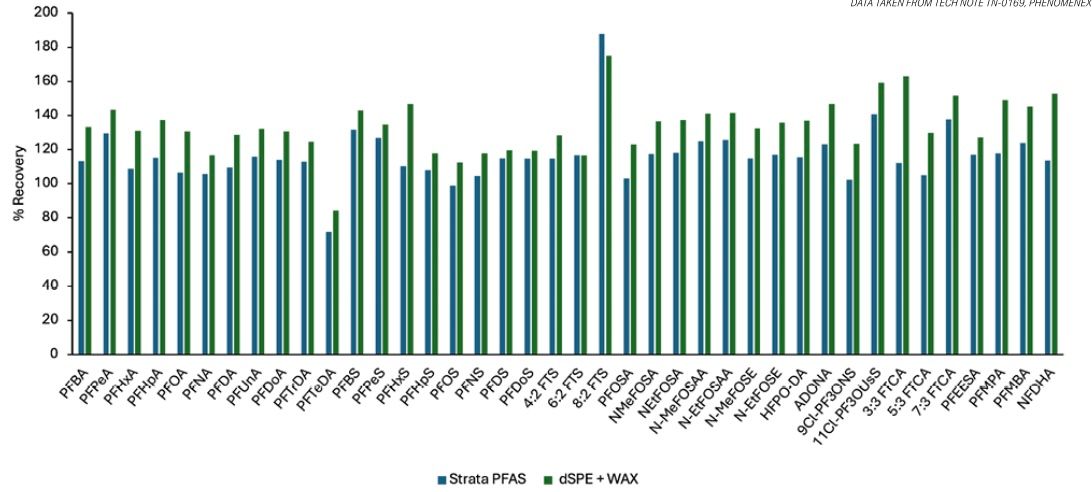
Environmental Analysis
Latest News
Latest Videos

More News
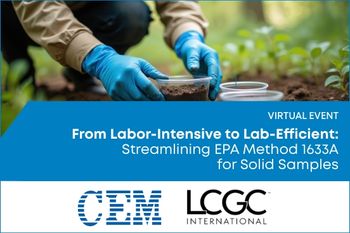
Webinar Date/Time: Wed, Oct 1, 2025 11:00 AM EDT
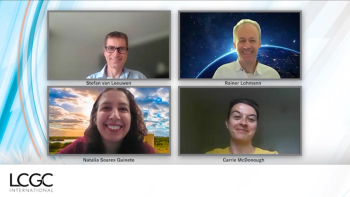
A panel of experts discusses the evolving analytical strategies and technical challenges of detecting per- and polyfluoroalkyl substances (PFAS), highlighting advances in mass spectrometry (MS), sample preparation, and untargeted analysis across environmental and food safety contexts.

In this article, you’ll find some of the top content that was published on LCGC this week, including calls for new chromatography technologies and interviews with rising stars in the field.

In this article, you’ll find some of the top content that was published on LCGC this week, including our upcoming forensic science content series and an interview on preanalytical factors for ethanol testing.
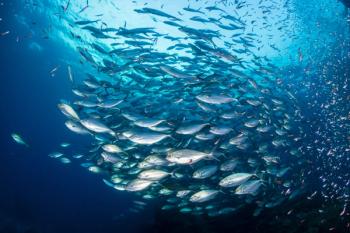
Researchers at the Institute of Marine Research in Bergen, Norway used liquid chromatography–mass spectrometry to analyze resolvins in fish and human cells.

Bioactive compounds extracted from plants are revered for their abilities to enhance human health. However, due to the complex matrices of plant foods, the qualitative and quantitative analysis of metabolites in plant foods requires a prior separation step.

To better analyze components from chaga (Inonotus obliquus) mushrooms, researchers created a supercritical fluid chromatography (SFC)-based approach to collecting and quantifying chaga components.

Universitat de Barcelona researchers have developed a new method for characterizing solute-solvent interactions in electrokinetic systems.

The components of explosive devices can be difficult to characterize, whether pre- or post-blast. To rectify this, two-dimensional liquid chromatography was tested as a means of analyzing these compounds.

Continued helium use in gas chromatography–mass spectrometry/flame ionization detection has proven problematic. To combat this, alternative efforts are being tested.

To better analyze polyphenols, scientists from Sapienza University of Rome examined the capabilities of supercritical fluid chromatography (SFC), comparing it to traditional methods.

In this article, you’ll find some of the top content that was published on LCGC this week, including details on the recent merger between Waters Corporation and BD Biosciences.

Salvia is an herb that is utilized in various industries. High-performance thin-layer chromatography was used to analyze different Salvia extracts.

Countercurrent chromatography systems were tested and combined to optimize their capacity for handling non-polar and polar substances.

To better detect polycyclic aromatic hydrocarbons in the human body, a UHPLC–MS/MS method was developed and tested on urine samples from workers exposed to diesel exhaust.
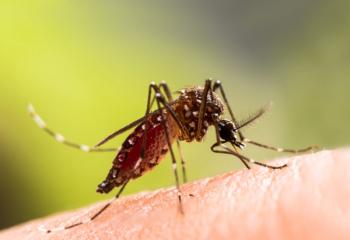
A new gas chromatography-based approach involving skin-contact sampling bands was used to detect potential malaria infections.

In this article, you’ll find some of the top content that was published on LCGC this week, including a technical article on food flavor and an interview with the president of Shimadzu Europa.

In a new study, researchers explored a new approach for detecting pesticide residues in water samples, based around ionic liquid-based dispersive liquid–liquid microextraction (IL-DLLME).

A new analysis method for detecting bisphenols in environmental sources was tested using loofah sponges and solid-phase extraction.
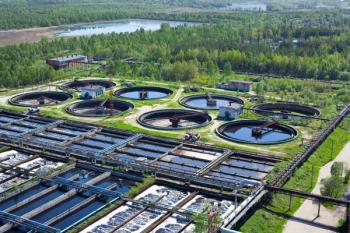
Environmental polycyclic aromatic hydrocarbons can prove dangerous if metabolites enter human systems. A new gas chromatography-based approach was developed to analyze the hydroxy derivatives in wastewater samples.
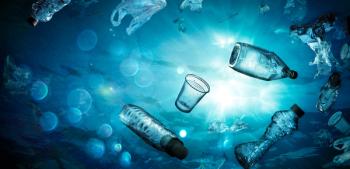
Organic contaminant transformations in water were researched to understand the mechanisms behind such phenomena.

Here is some of the most-read content posted on LCGC International this week.

An innovative workflow that combines iterative data-dependent acquisition (DDA) and data-independent acquisition (DIA) to enhance the identification of unknown pollutants in urban runoff is presented.

New gas chromatography-based approaches were tested for detecting volatile organic compound (VOC) emissions for binders used in mineral wool insulation products.

A new separation platform based on chromatographic techniques was used to characterize algae hydrocolloids.




